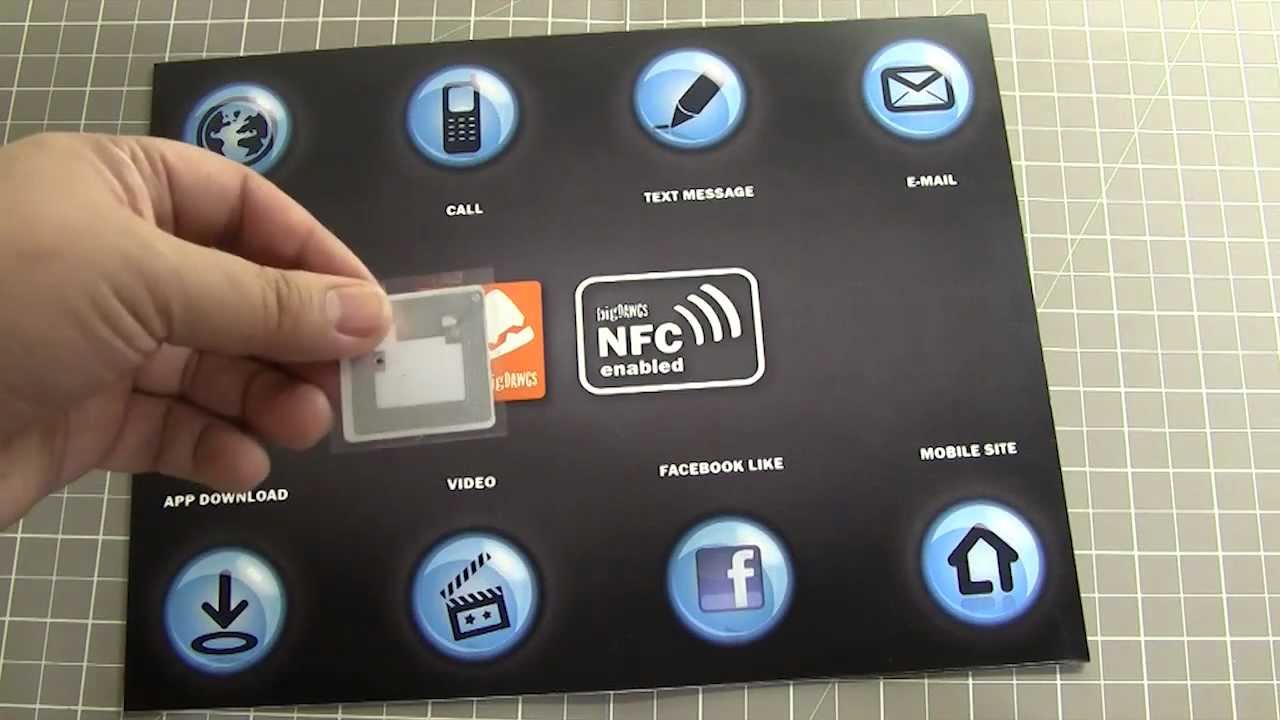Before we start talking about beacon asset tracking, let’s understand what is an asset in this context. Assets are equipment or items owned by a company. These items include transfer pumps, pallets, and trailers. Moreover, it further holds different manufacturing parts.
There is a difference between compressors and trailers. Compressors contain an onboard engine but trailers don’t. The assets that don’t have an internal battery or power source are referred to as non-powered assets.
There are thousands of non-powered assets out there. All non-powered assets have one property in common. Nobody is familiar with their exact location. So here asset tracking comes in usage.
What is asset tracking?
Asset tracking is a solution to track the usage and location of all types of assets. By using this method, you can track both indoor and outdoor assets.
There are different techniques used for asset tracking. However, some of these methods have existed for a long time such as RFID or barcode scanning. Asset tracking has become very advanced after the arrival of modern asset-tracking devices. Let’s talk about different technologies used for asset tracking:
Types of technology used for asset tracking
Before explaining different methods, let’s understand the difference between the traditional method and new asset tracking approaches.
Traditional approaches use a unique digital identity for all pieces of equipment by assigning a specific number or code. You can achieve this by attaching the label to the equipment that holds a number. Besides the labels, you need the complete scanning infrastructure at different locations where you want to scan your asset. RFID, NFC, and barcodes are the most common types of traditional approaches.
New approaches use battery-powered tags for asset tracking. These batteries last up to 5 years and are capable of determining your asset’s location. All these processes use the internet as a communication medium.
The most popular types of new approaches are GPS and beacon asset tracking.
You can use any technology for asset tracking depending on your business. Let’s understand these technologies briefly:
RFID

Radio Frequency Identification uses radio waves to transmit the identity and some other characteristics of an object wirelessly. This method is most often used to track the mobility of people and other objects. All you need to put an RFID tag on the object. So an RFID system tracks it when it comes into the tracking range. Its tracking circle is almost 1 meter. The main advantage of RFID is its easy maintenance. Moreover, it is cost-effective.
Barcodes
![]()
In this way, a unique series of lines is printed on a package of a product. We all know these lines as a barcode. It is another popular way of asset tracking. You can print these lines on any material by using ink. However, you couldn’t print RFID on all types of products.
For tracking your asset, all you need to scan your barcode by using a barcode reader or a smartphone. Although it is a more effective way but less reliable over time. Moreover, it doesn’t provide the possibility of automating your entire process.
NFC

Near Field Communication is similar to RFID asset tracking. However, it doesn’t require special RFID equipment. In this method, you can track your assets by using a smartphone. The most common example of NFC technology usage is a contactless payment system. NFC reader can read the tag within almost ten centimeters. You have to read all items separately.
GPS asset tracking
![]()
It is the most powerful way to track your assets globally. All previous devices depend on some installed infrastructure. However, GPS asset tracking doesn’t depend on such infrastructures. You can use these tracking devices to track any asset in the world.
These types of trackers don’t depend on the battery of vehicles. They rely on their own internal battery. It is the most precise method to track your assets. The main downside of GPS tracking is that it needs some energy.
GPS trackers have typically global usage. They use public telecommunication networks for communication purposes. You are very familiar with different types of telecommunication networks such as 3G and 4G.
Beacon asset tracking
![]()
Beacon asset tracking is the latest and most effective way of tracking. You can use beacon asset tracking in different ways. First and foremost you can use fixed-location-based beacons for asset tracking. They emit ID so different Bluetooth-enabled devices use this ID for the connection. Secondly, you can use a moving tracker that also emits BLE (Bluetooth Low Energy). So different devices will pick these signals.
This asset tracking technology has some advantages over other tracking methods. It doesn’t depend on existing IT infrastructure for communication. This geolocation technology works precisely both indoors and outdoors. The accuracy depends on the number of beacons. More beacons mean high accuracy in tracking results. Another major advantage of beacon technology is that the battery life lasts for many years.
A brief history of beacon asset tracking
Bluetooth Low Energy (BLE) beacon technology is an innovative way to track people and other assets. Beacons arrived on the scene back somewhere in 2013. They provided a unique way for the developers to track users in a physical space. Beacons were very cheap. So almost all major smartphone manufacturers adopted this technology rapidly.
This technology was very useful and had a lot of advantages over other traditional methods. GPS was the most effective way for asset tracking but that drained the smartphone battery. Furthermore, GPS was quite ineffective indoors.
The implementation of beacons is straightforward. In addition to this, beacons have diverse usage, therefore, they have a lot of usages. So all major companies have started using this technology for asset tracking. Let’s understand the complete working mechanism of beacon asset tracking.
How does beacon asset tracking work?
There are different ways to track assets by using beacons. So all beacons have almost a similar working mechanism. Let’s discuss one by one:
1. Asset proximity detection, roaming mobile and asset beacons
![]()
In this approach, the asset is at a fixed location. You can attach different tags on each asset. It is the most convenient way to find the location of an asset. When a user comes close to an asset or a physical object. You can trigger an event when a user carrying an app comes close to the asset. So this is very helpful for your customers to easily find the location of an object.
2. Beacon asset location tracking with fixed BLE receivers
![]()
In this scenario, you mount beacons to the permanent fixtures. Moreover, you allocate specific tags to the assets that you want to track. When a specific asset comes close to the beacons, the BLE receiver broadcasts specific information. So beacons send the complete information about assets back to the receiver. Beacons use Wi-Fi or cellular data to send this information.
There are different advantages to using beacons for asset tracking. In this case, you don’t require any mobile application. Furthermore, you can track the location of tons of assets in real time.
What asset should you check?
Locating your assets is an essential part of your business. Especially, when you have enough assets and don’t know where they are. And when they will arrive. Now the question is: what type of assets do you want to track? You can check different types of assets both.
Let’s have a look at a few use cases that are very useful for asset tracking:
You can combine indoor and outdoor asset tracking to track different components. The components that are constantly on the move. And you want to know about their location frequently.
Track RTPs in real-time as they move into the international department and various warehouses. RTP stands for Returnable Transport Packaging. Moreover, you can enhance the rotation rate and avoid abuse by tracking your RTPs.
You can also track different rental equipment that transits across different countries to your potential customers.
Furthermore, monitors different supply chain KPIs. Measure subcontractor compliance and improve capacity management.
You can easily monitor logistics. For example, you can check parcel movement through warehouses. Asset tracking further speeds up the entire process and eliminates errors.
The beacon asset tracking helps you in hospital management. You can enhance the use of medical devices and increase doctor performance by the exact location of the asset position. Moreover, you can monitor the location of staff in real-time to reduce their wasted time.
Asset tracking is very helpful in manufacturing firms. You can improve the efficiency of workers by monitoring their movement. Furthermore, you can keep your eyes on the goods movement for better management.
In short, you can use beacon asset tracking in almost all fields. It is because you can easily manage your all assets and monitor your employees to enhance their quality work.
The benefit of beacon asset tracking
If you implement a beacon asset tracking system successfully, you will notice many advantages. Here are some key benefits of beacon asset tracking.
Automated inventory: You can automate your entire inventory process. Deploy this tracking system and eliminate human error and frequent calling.
Optimized asset usage: You can understand over-usage, non-usage, and use-rate on your fleet.
Better customer service: It will enhance the management practices that will improve your customer service.
Reduced risk: You can timely detect the risk of theft and abuse of your assets.
Increase operational efficiency: Know the real-time location of your assets.
The promise of beacon asset tracking
Now, it has become evident that different firms can utilize beacons in more than one area. It is because beacons speed up the process of tracking and managing assets. Moreover, it also eliminates many common mistakes made during the process.
Tracking and managing all assets is the most important aspect of your business. Otherwise, it results in lost equipment and incorrect data. So different types of industries and retailers are utilizing this technology to boost their business performance.
![]()























